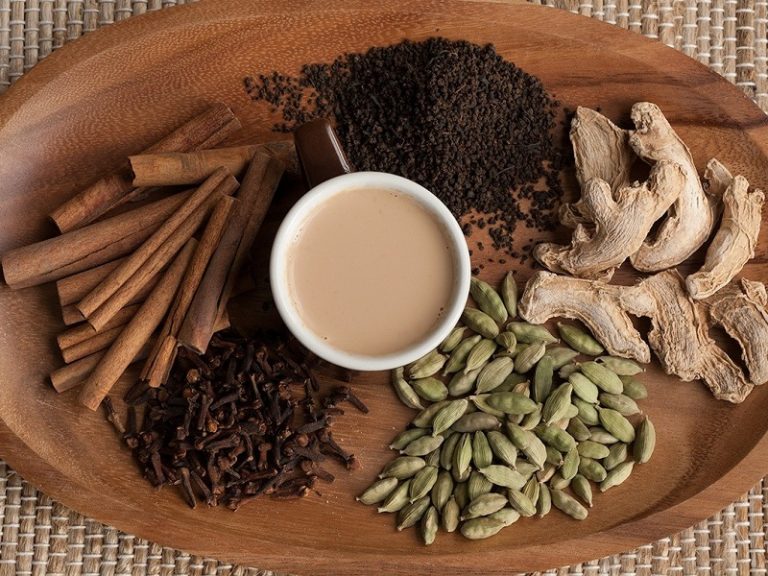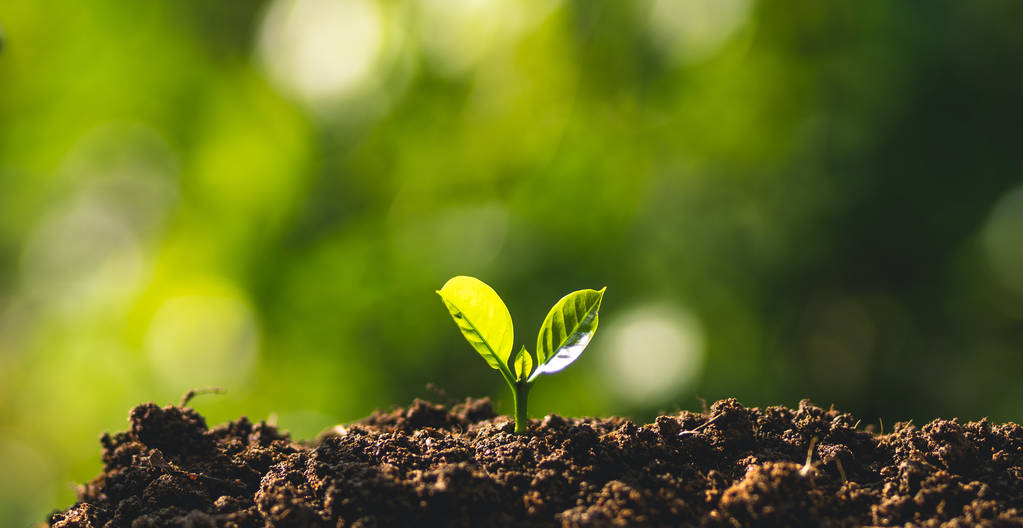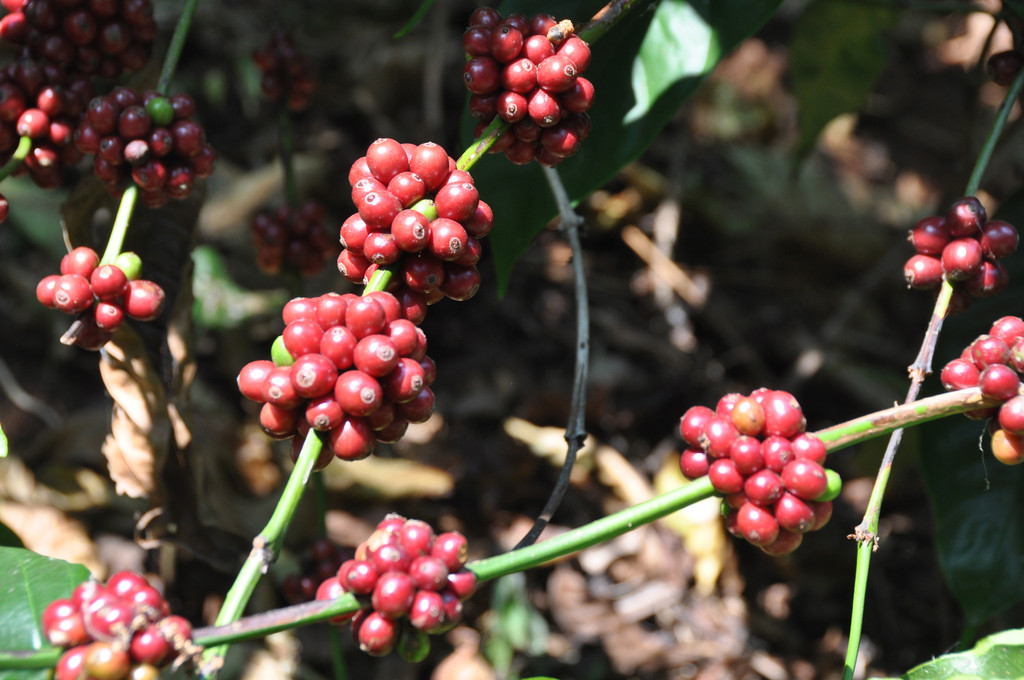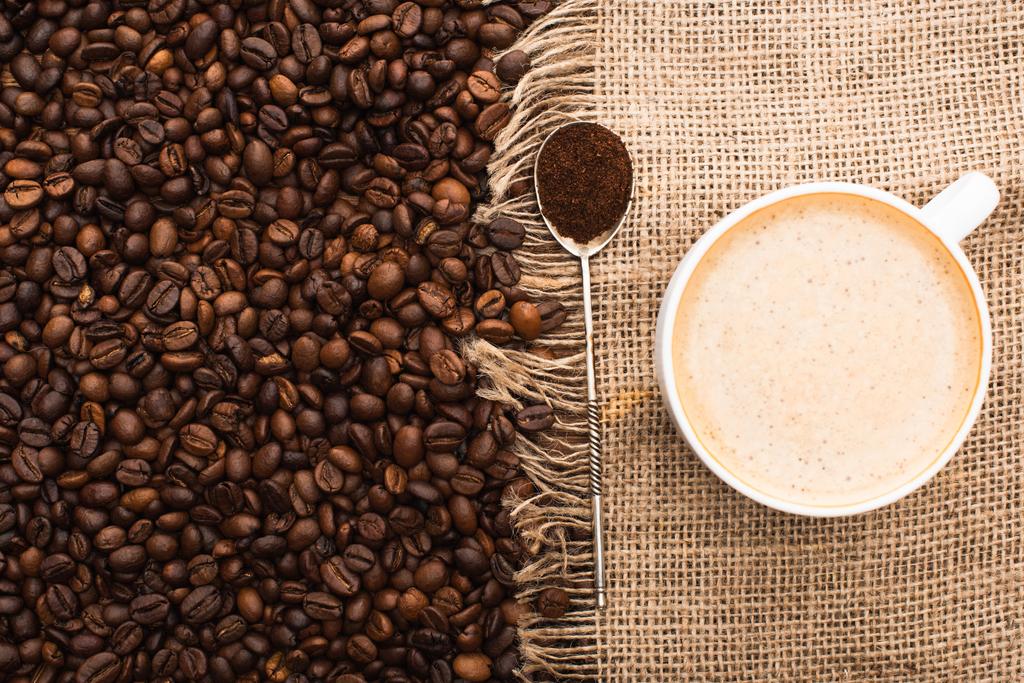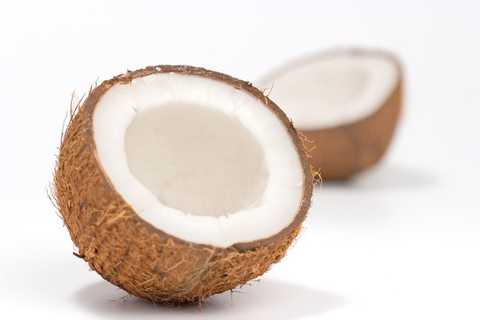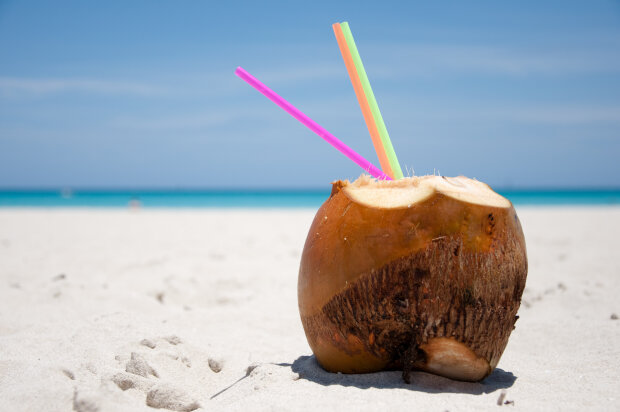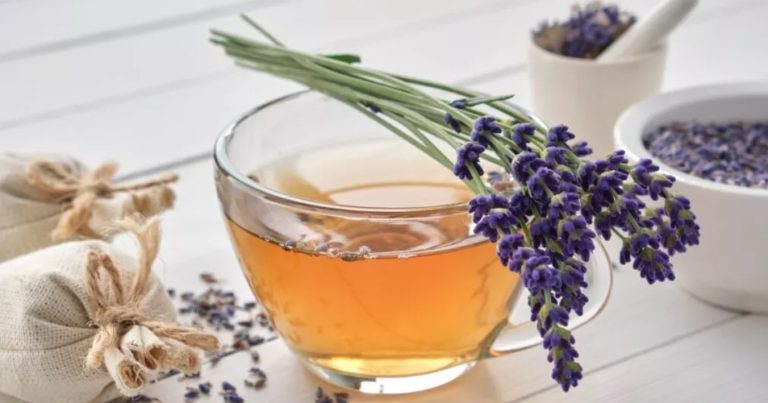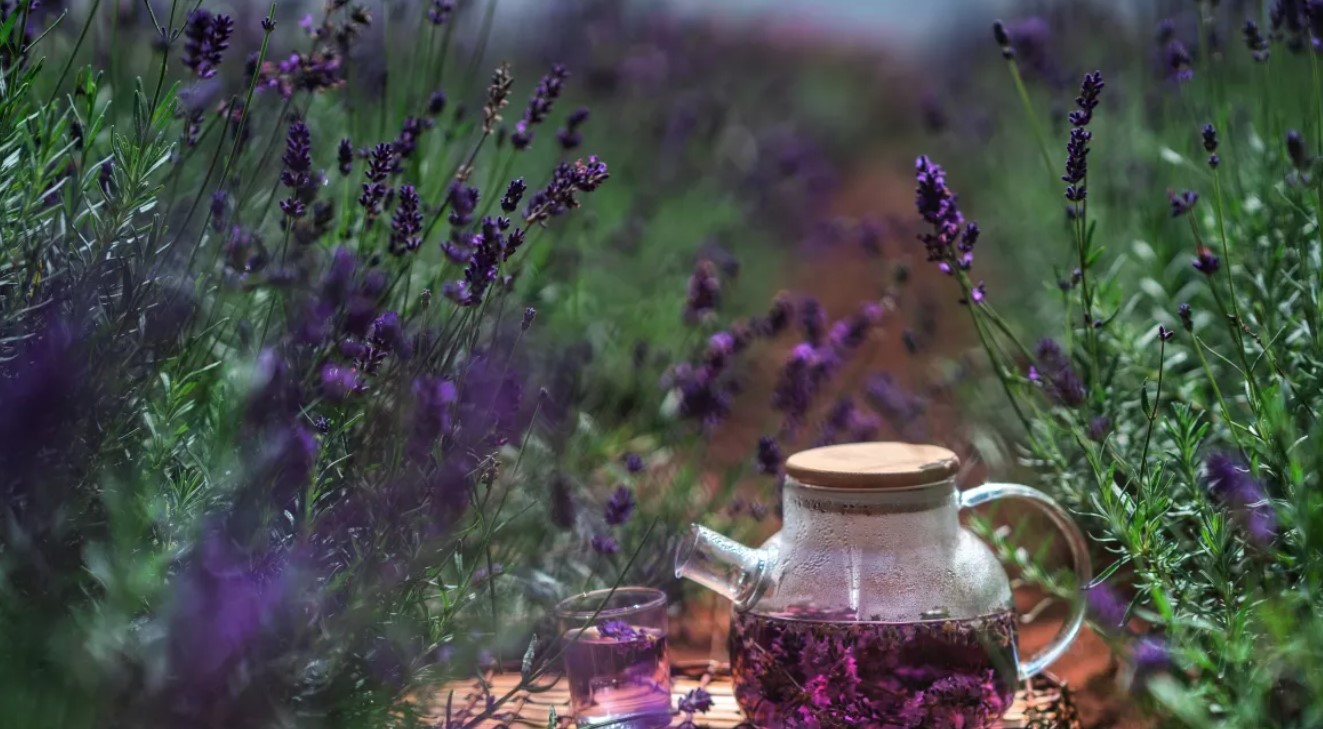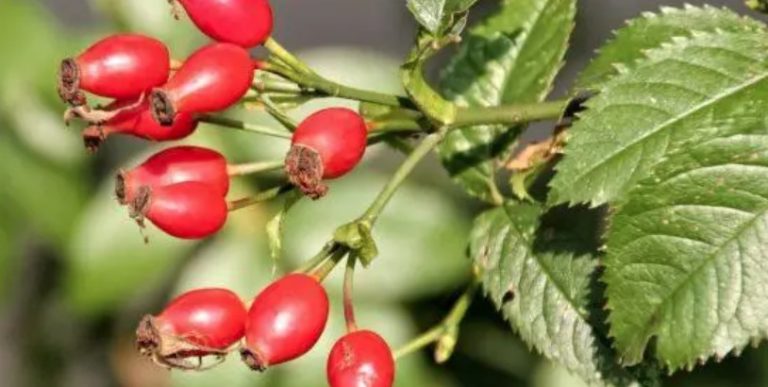Ethoxyquin is a chemical that shouldn’t be used on food. Here you can read why it is still an issue, especially when it comes to fish.
Ethoxyquin is a man-made antioxidant. For example, it prevents fats from spoiling quickly due to the oxygen in the air.
In animal feed such as fishmeal, ethoxyquin is still a common additive (E324).
Greenpeace explains that the additive stabilizes the fatty acids and fat-soluble vitamins in the feed. The fishmeal survives long transport and storage times without any problems.
Fishmeal also has the property of easily igniting itself – ethoxyquin also protects against this.
Commercial fish farms often use feed based on fishmeal in their aquacultures. The WWF reports that about 90 percent of the salmon in our supermarkets comes from such facilities.
The addition of ethoxyquin to fish feed is controversial. The antioxidant and its breakdown products can accumulate in the flesh of the edible fish. Thus, the chemical gets into the food. Research indicates that ethoxyquin can cause cancer and damage the liver.
So questionable is ethoxyquin for health
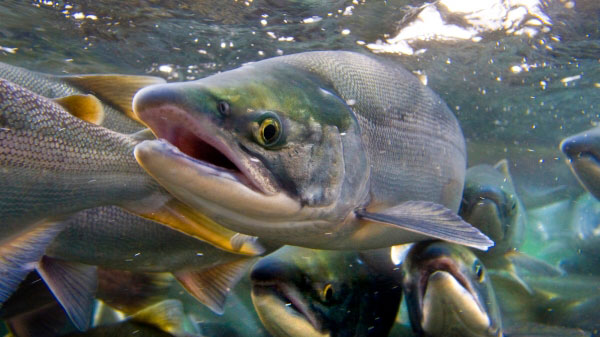
Some researchers believe that ethoxyquin in animal feed poses a health risk. However, the exact extent has not yet been conclusively researched.
Cancer and liver damage: According to Greenpeace, study results indicate that ethoxyquin can affect liver metabolism or cause cancer.
Kidney and thyroid damage: According to Greenpeace, animal studies suggest that ethoxyquin could also affect kidney and thyroid function.
How ethoxyquin changes the genome of humans or animals is still a matter of debate.
The metabolism of the animals partially digests the ethoxyquin, but various breakdown products remain. These substances and ethoxyquin itself can be detected in the meat of the animals. If a person takes these animals as food, he also takes in these substances.
Researchers are investigating whether only individual breakdown products are harmful to health or whether the whole group, i.e. ethoxyquin and its breakdown products.
A scientific expert commissioned by Greenpeace comes to the conclusion that long-term exposure to high concentrations of ethoxyquin in food can also endanger human health. A carcinogenic effect cannot be ruled out either.
The studies by the European Food Safety Authority (EFSA) only indicate that the breakdown product ethoxyquin-quinoneimine is harmful. The study could not provide any evidence for the risks of ethoxyquin itself.
Ethoxyquin and aquaculture
Studies show that edible fish often have a worryingly high level of exposure to ethoxyquin. The studies use the limit value for ethoxyquin in meat. Whether this also makes sense for fish has not been clarified. Studies also critically evaluate the breakdown products of ethoxyquin, which can be deposited in the muscle meat of the fish. Greenpeace warns that reference values are also necessary for the degradation products.
Greenpeace warned of ethoxyquin in aquaculture salmon back in 2016. Fish from conventional aquaculture were particularly often contaminated – probably because they were fed with fishmeal.
32 out of 38 fish samples from conventional aquaculture were well above the permissible EU limit value for meat. A sample of salmon exceeded it by more than 17 times.
With one exception, all organic products were below the limit.
Ethoxyquin in fish food – a legal loophole
Ethoxyquin has long been considered a health concern. There is a ban on antioxidants in food. This means that ethoxyquin must not come into direct contact with food. However, food contaminated with ethoxyquin can still end up on the table indirectly – via animal feed. The regulations for animal feed are not clear in this respect.
2012 – The EU classified ethoxyquin as a dangerous chemical and banned its use as a pesticide.
2014 – The EU set a benchmark for ethoxyquin in a number of foods. This residue limit of 50 micrograms per kilogram indicates the concentration of ethoxyquin per kilogram of meat. Up to this value, the amount is considered harmless for humans. However, fish is not on this list and therefore there is no binding guideline for edible fish.
2015 – The European health organization EFSA examined the health risks that can emanate from ethoxyquin in animal feed. However, the available data were not sufficient to make a conclusive assessment.
2017 – As a precaution, the EU suspended the existing approval for ethoxyquin in animal feed. However, there was a transitional period until March 2020, which means that animal feed containing the substance could still be sold until then.
2020 – Actually, the ban should come into force in 2020. But according to MEP Klaus Bucher, it will be checked again because of a study made by the food industry.
How to avoid ethoxyquin

Fish is considered healthier than meat, but you shouldn’t eat it too often. Greenpeace sees no significant health risk if you eat fish once or twice a week. With wild-caught fish such as wild salmon or organically farmed fish, you further reduce the risk. Out of consideration for fish stocks, wild fish such as wild salmon should not be on your menu every week.
The consumer center recommends fish with an organic seal, such as the EU organic seal or those of Naturland and Bioland. Naturland, for example, limits the amount of fishmeal in organic aquaculture. A total of up to 30 percent fishmeal and fish oil in the feed is only permitted for salmon or trout, which do not get along well with plant-based alternatives.
With its fish guide, Greenpeace gives you tips for buying fish sustainably. The traffic light colors indicate whether a fish is generally recommended. You will also receive information about the countries of origin and fishing methods.
The possible health risks of ethoxyquin are just one more reason why you should buy fish from conventional aquaculture as little as possible. Other reasons are also important:
The WWF reports that the lack of space in the cages is stressing the fish. They are susceptible to disease or parasites. That is why the feed is mixed with chemicals and antibiotics.
Greenpeace adds that leftover food or fish excretions sink through the cage nets to the sea floor. This means that the substances can get into the oceans and the environment.
In the expertise, Greenpeace points out that fish meals cannot be the only source of ethoxyquin. Other animal products such as fish oil or animal fats may contain residues of ethoxyquin. There is also an exception for paprika and chili powder in the EU. The spices can be treated with the antioxidant. This also applies to apples and pears. Ethoxyquin is allowed to protect the shells from putrefactive bacteria. Each may contain harmless amounts. However, if you eat such foods frequently, the amounts can add up.



